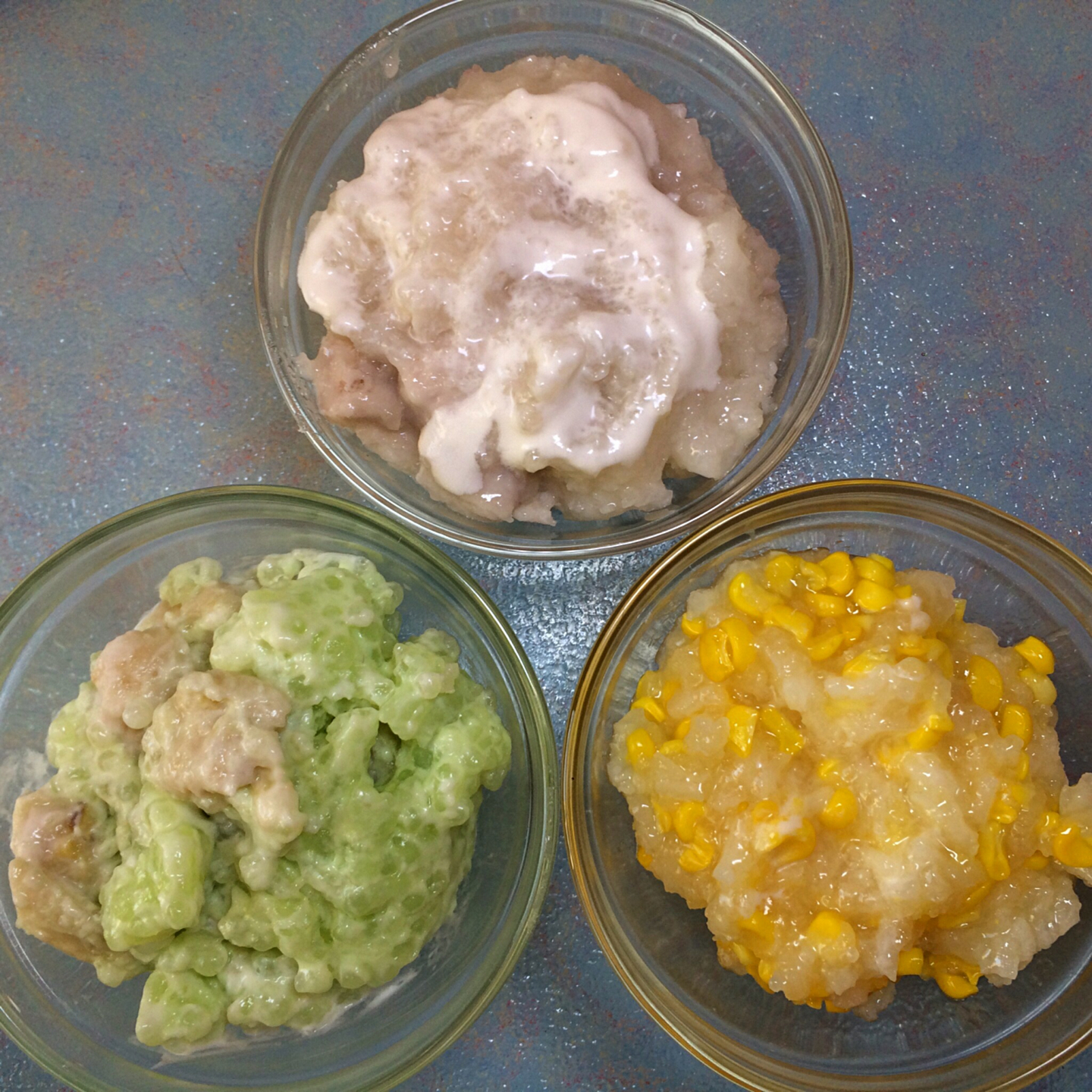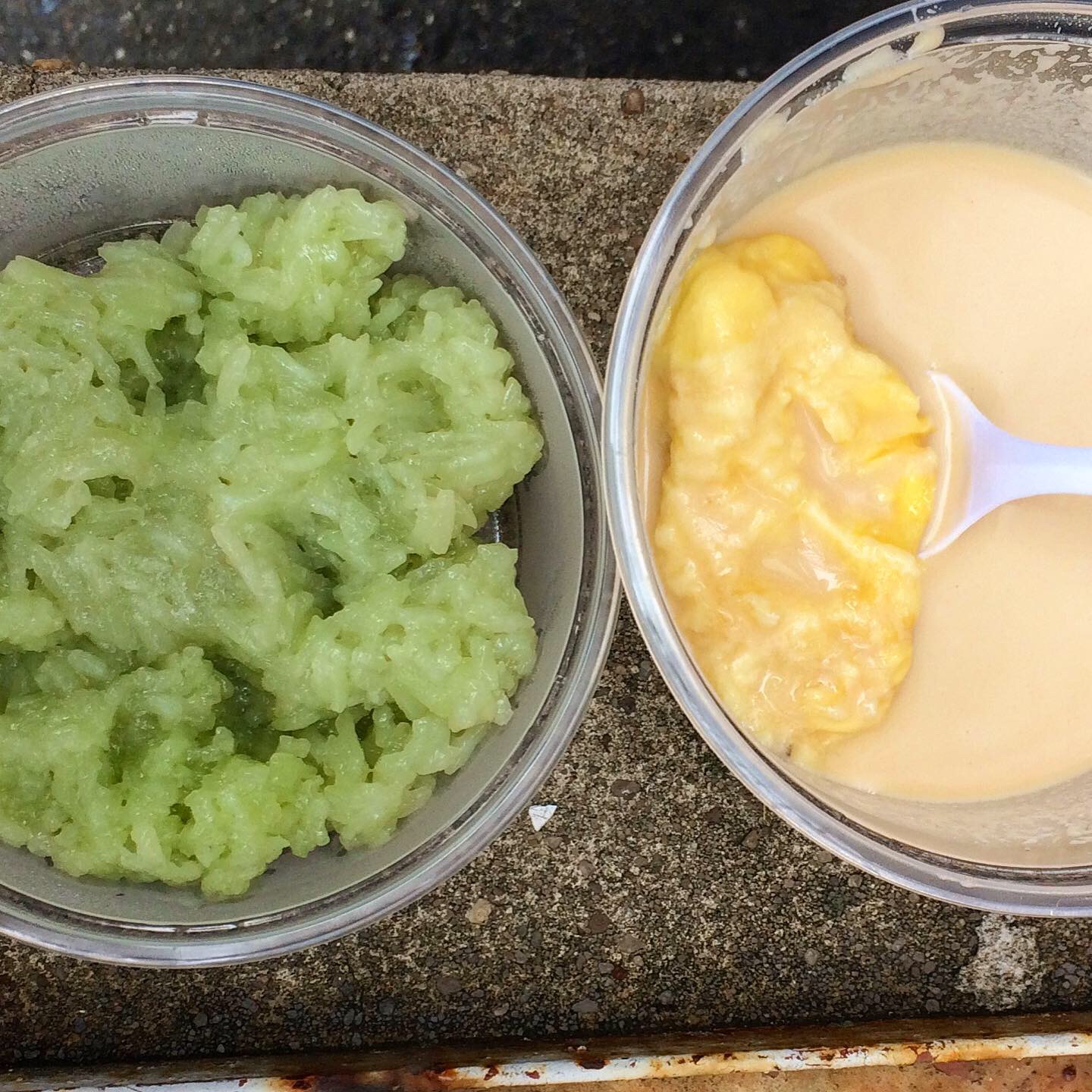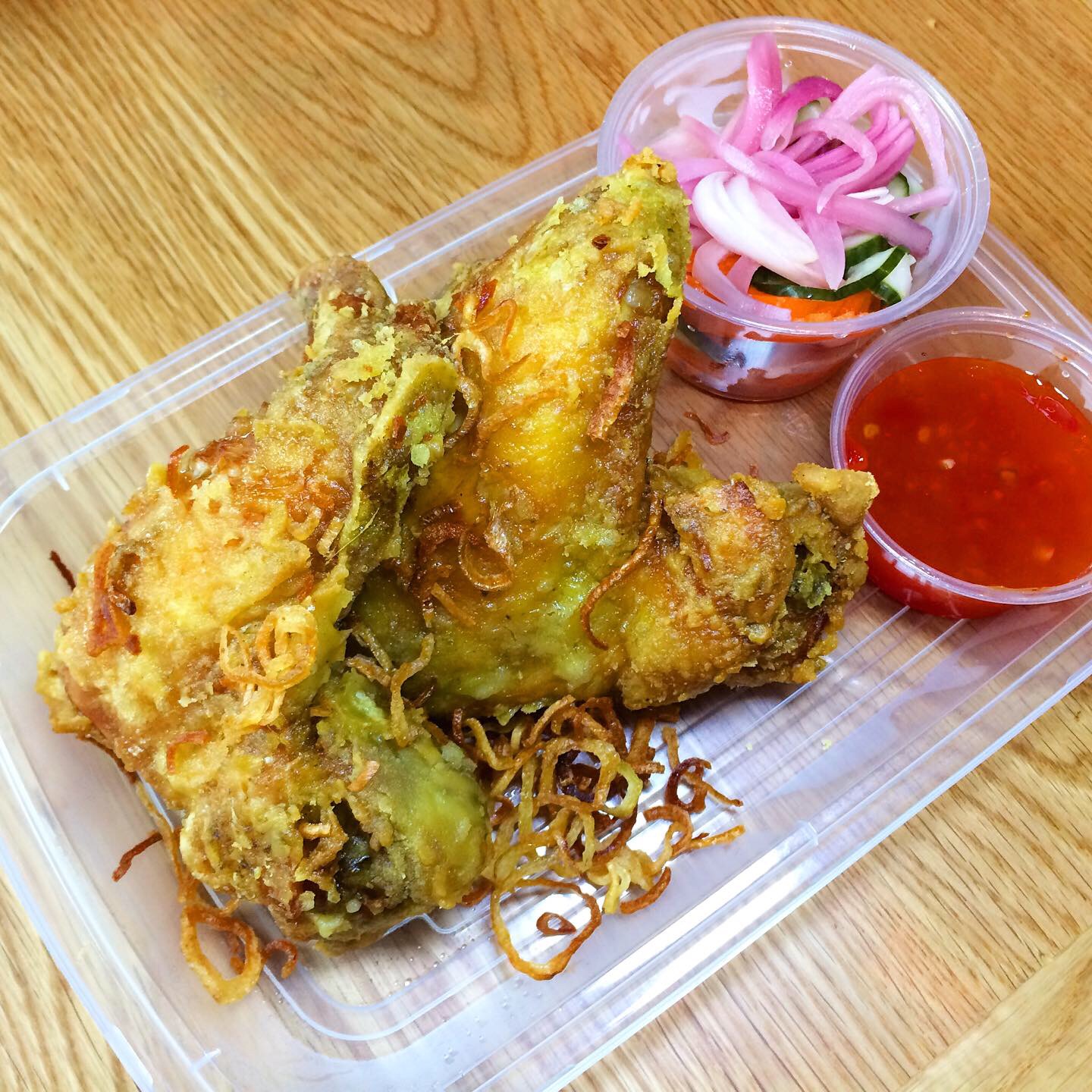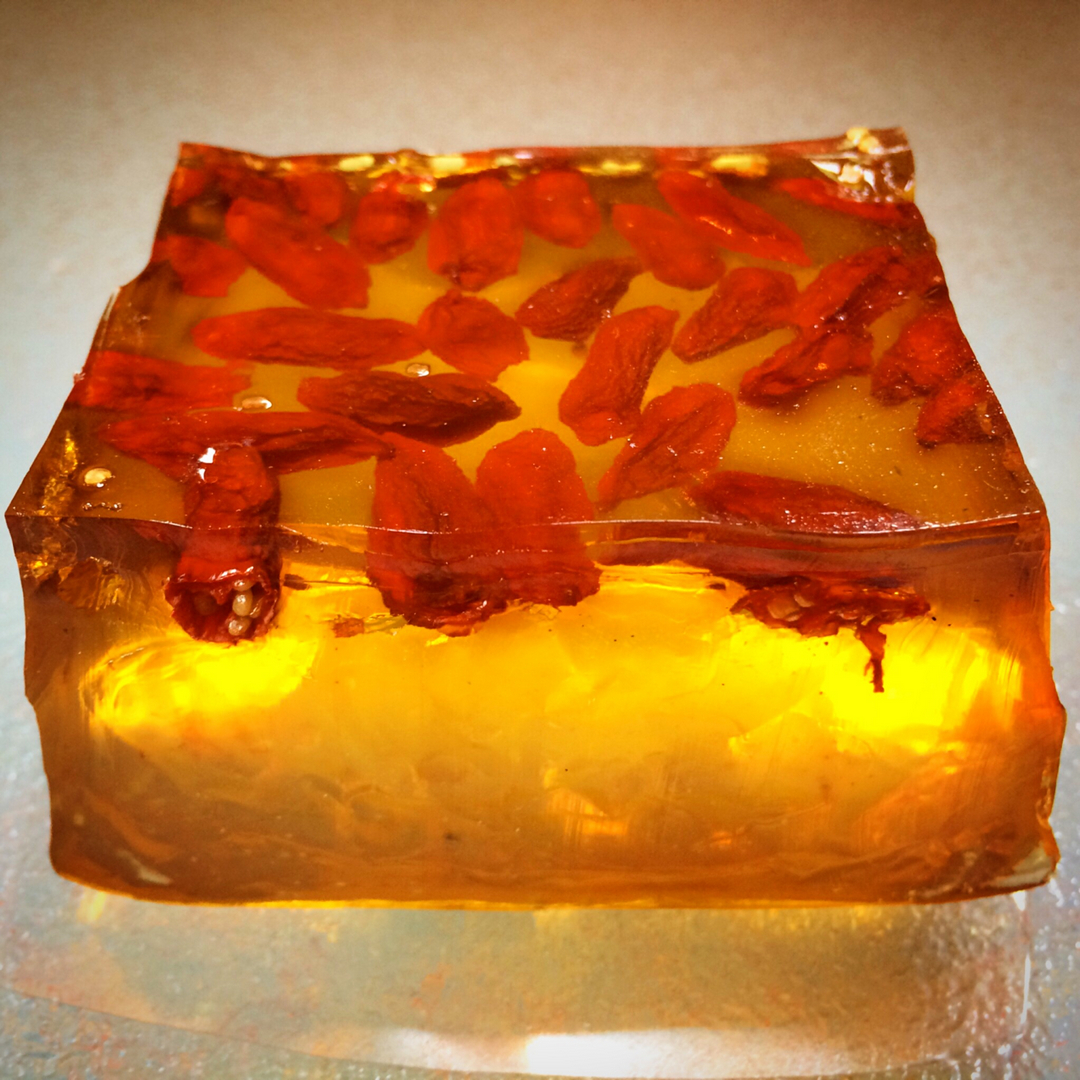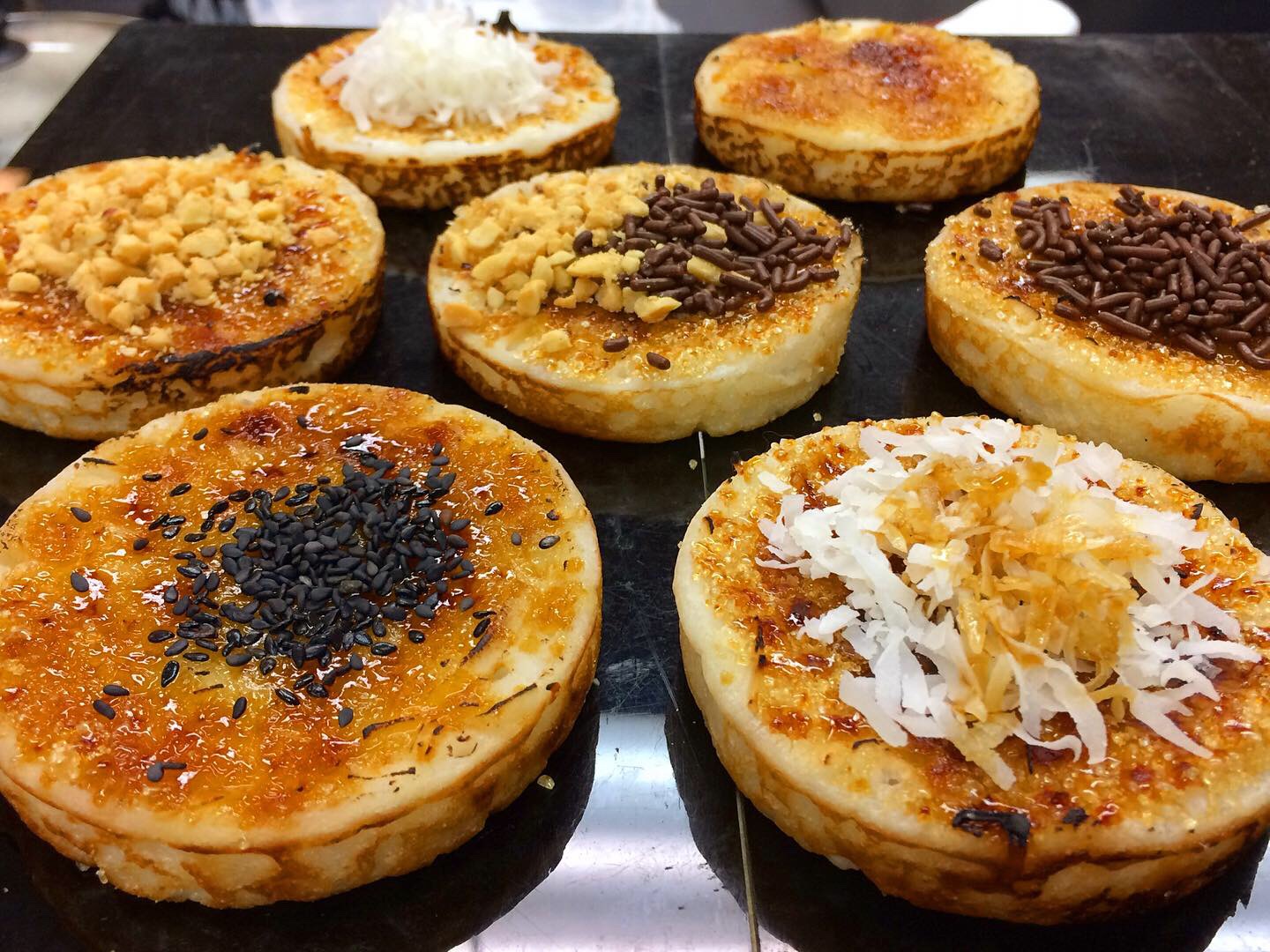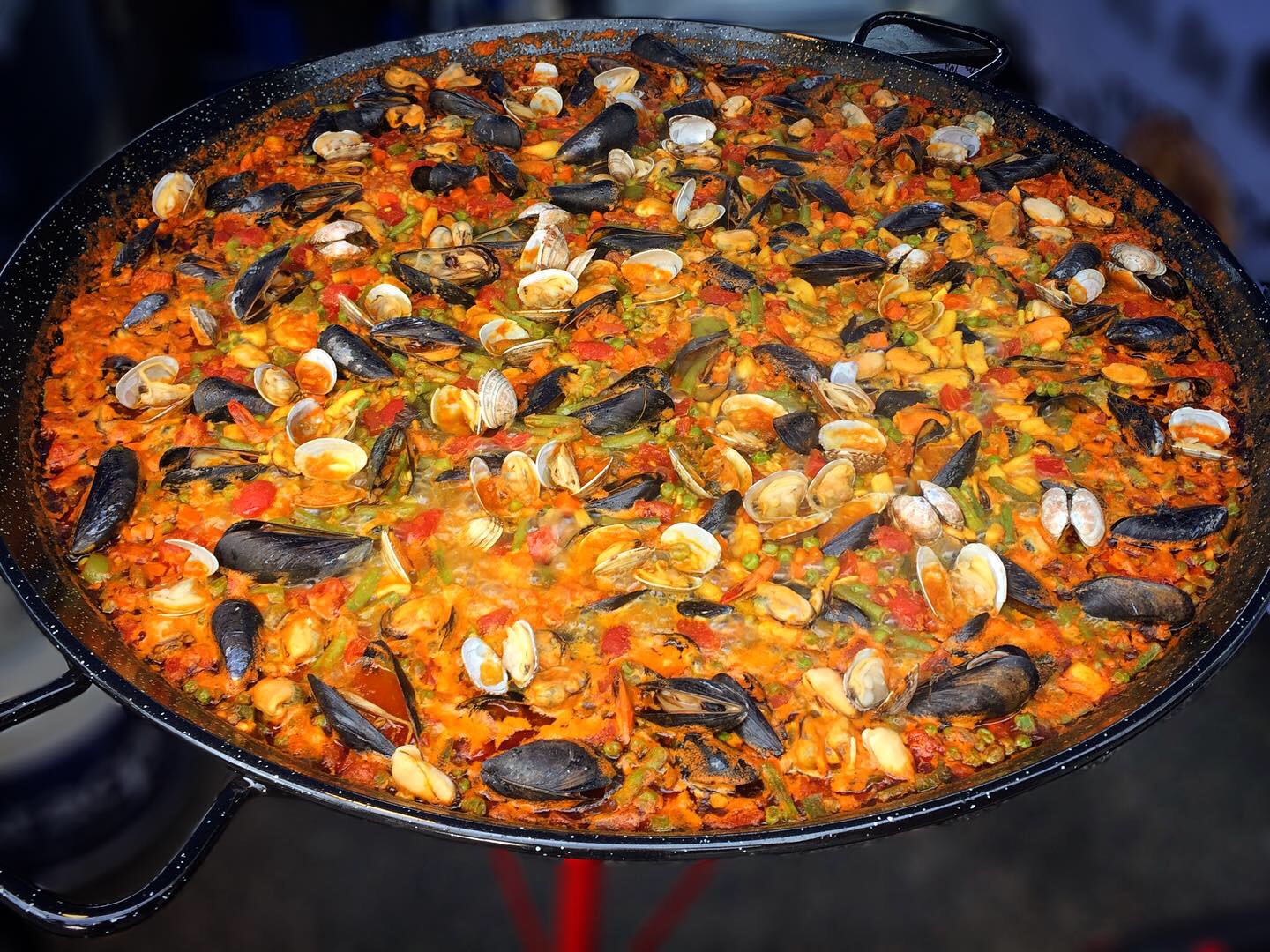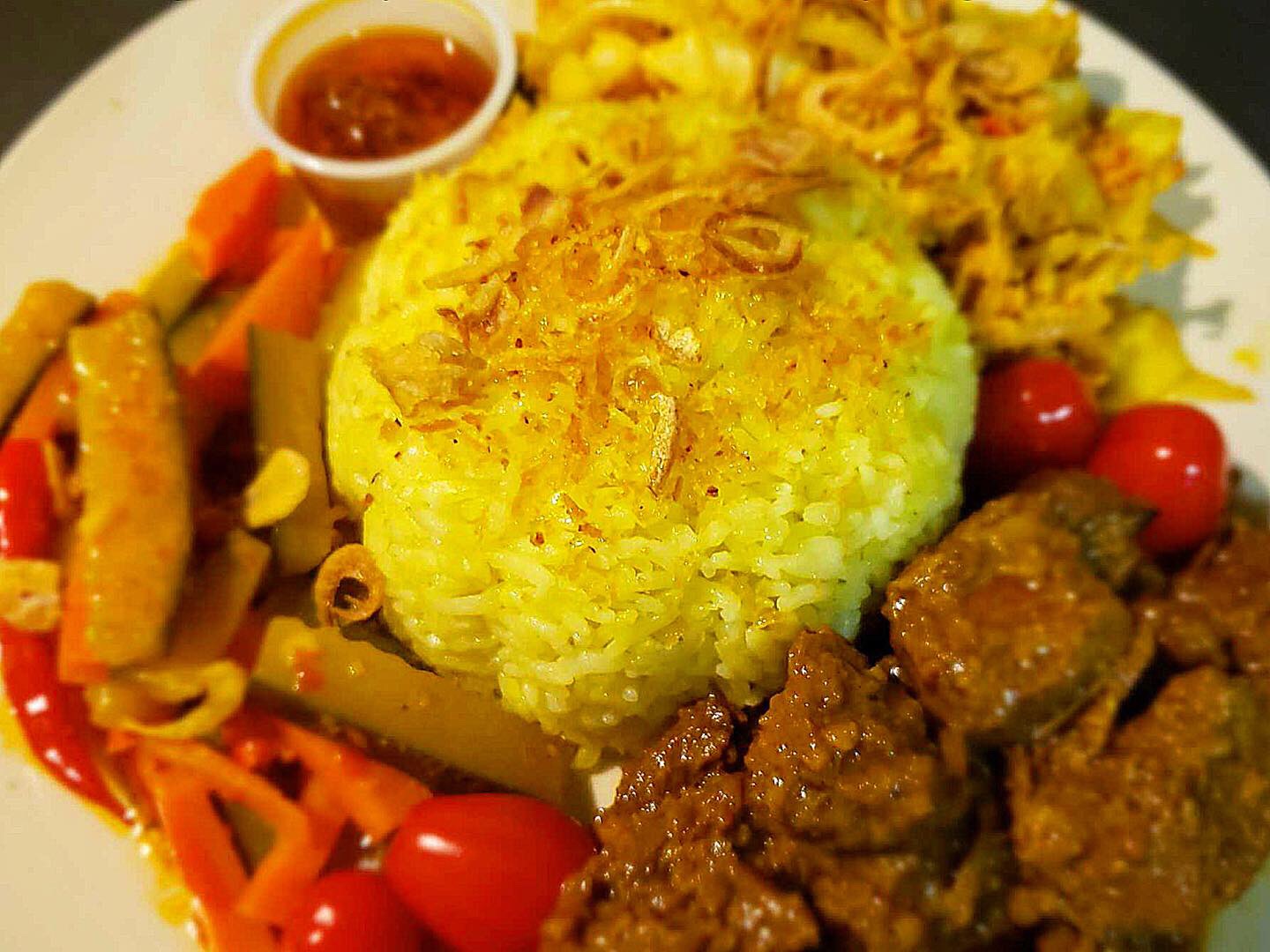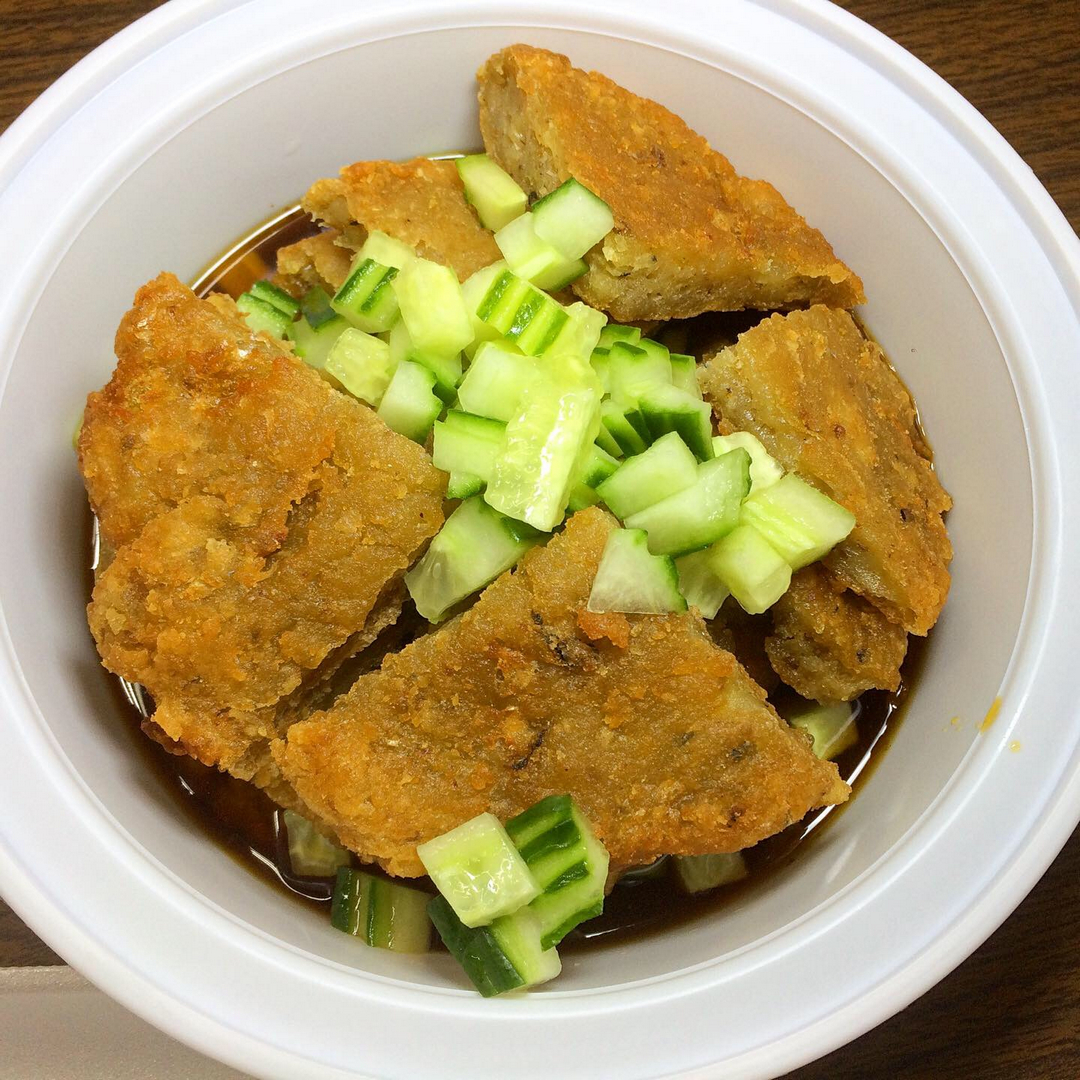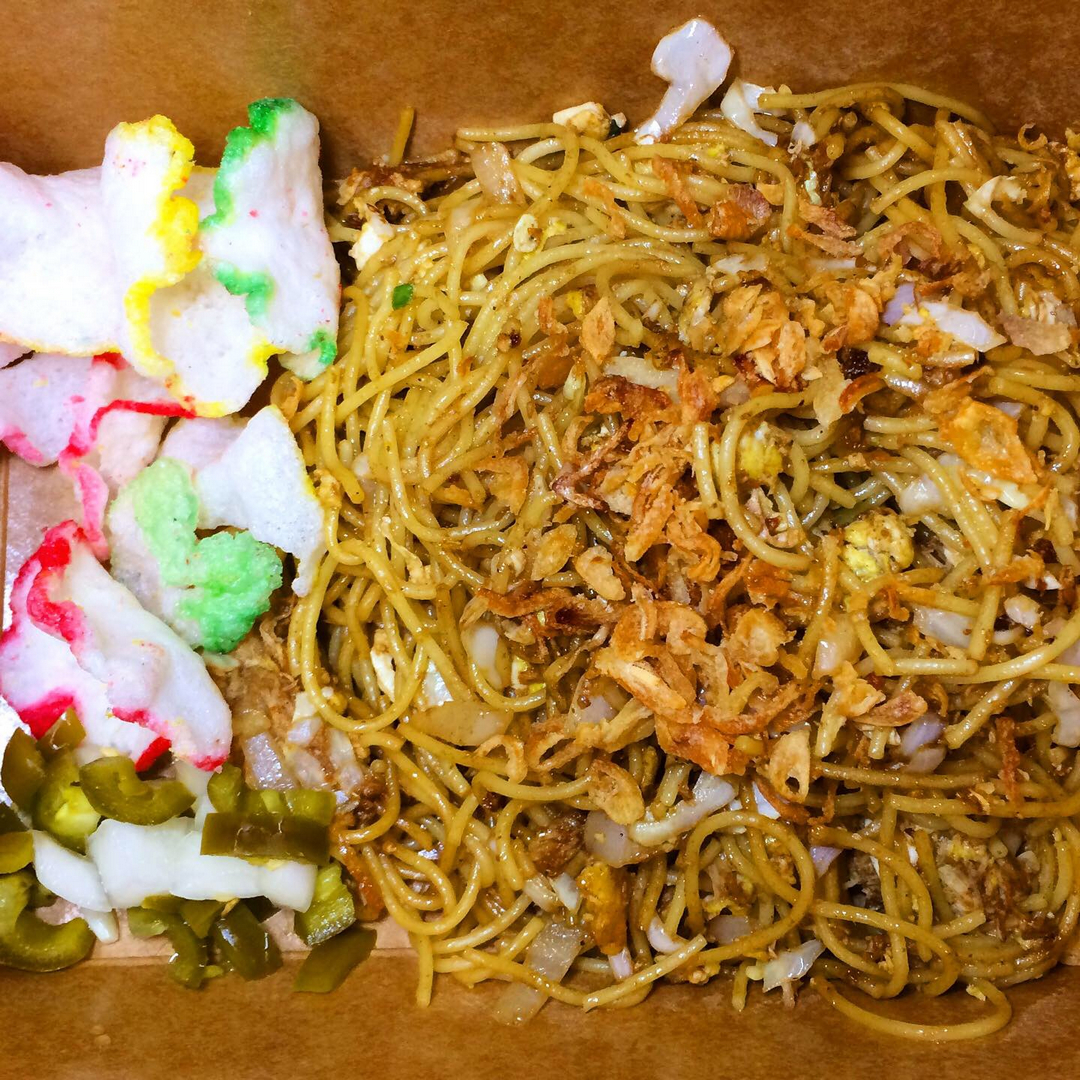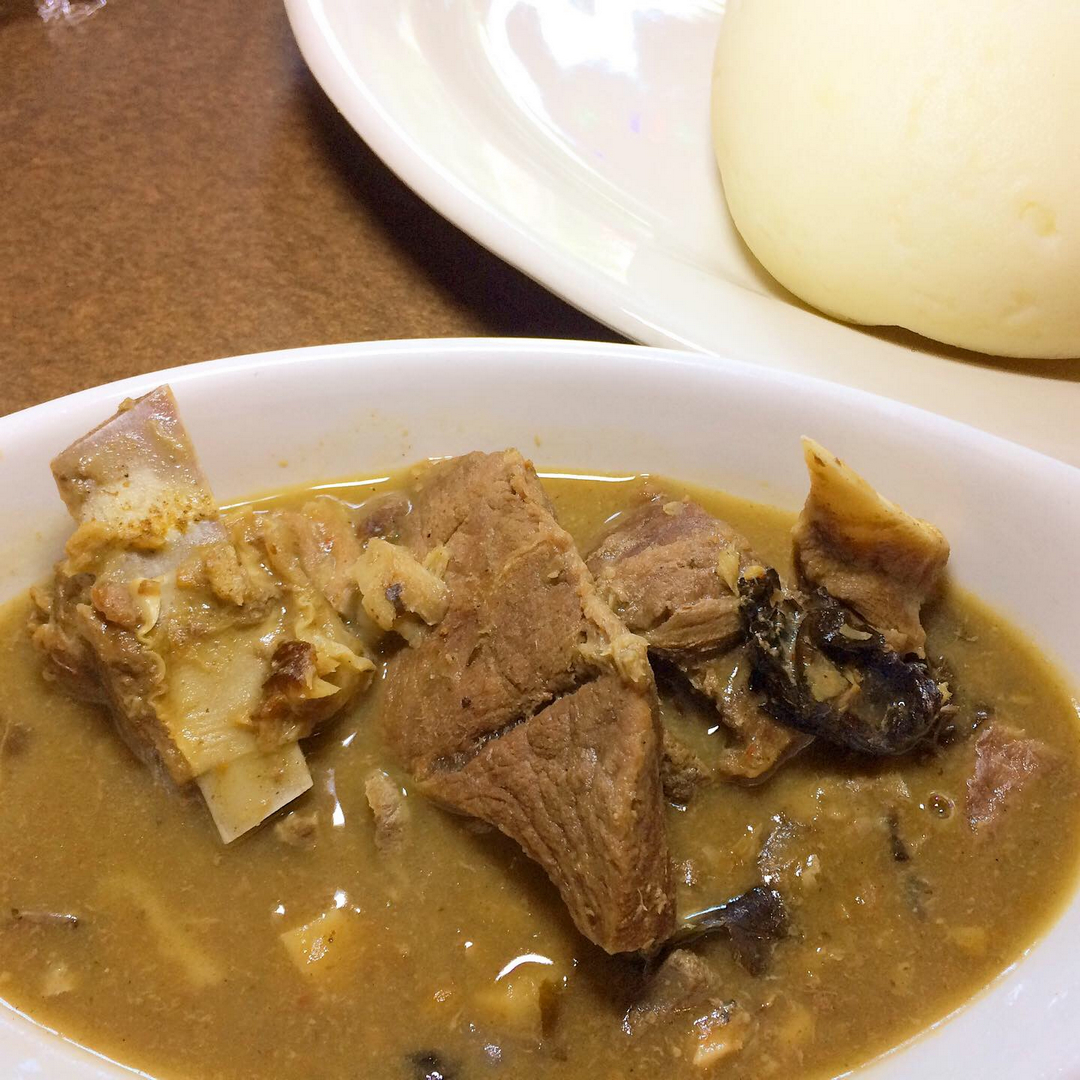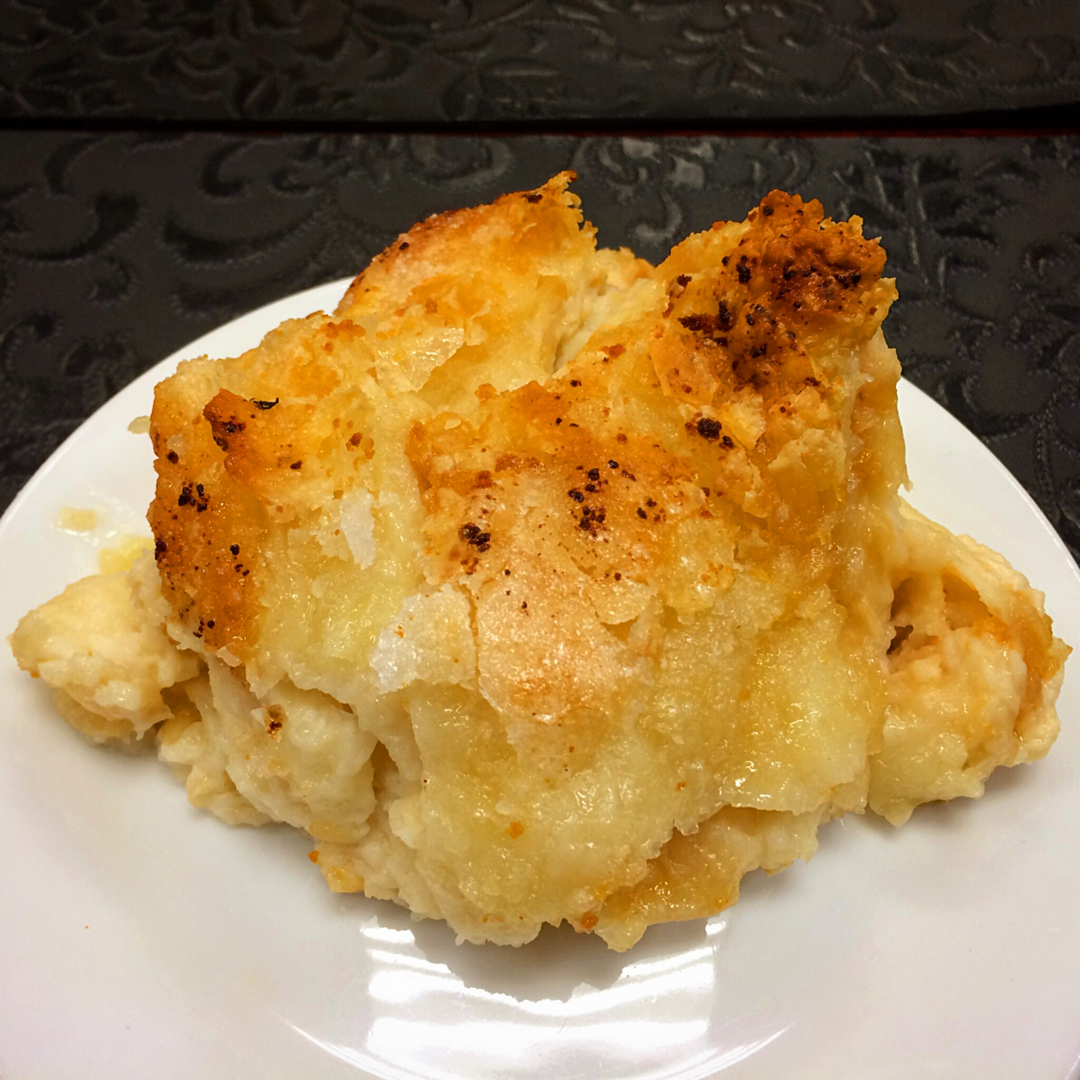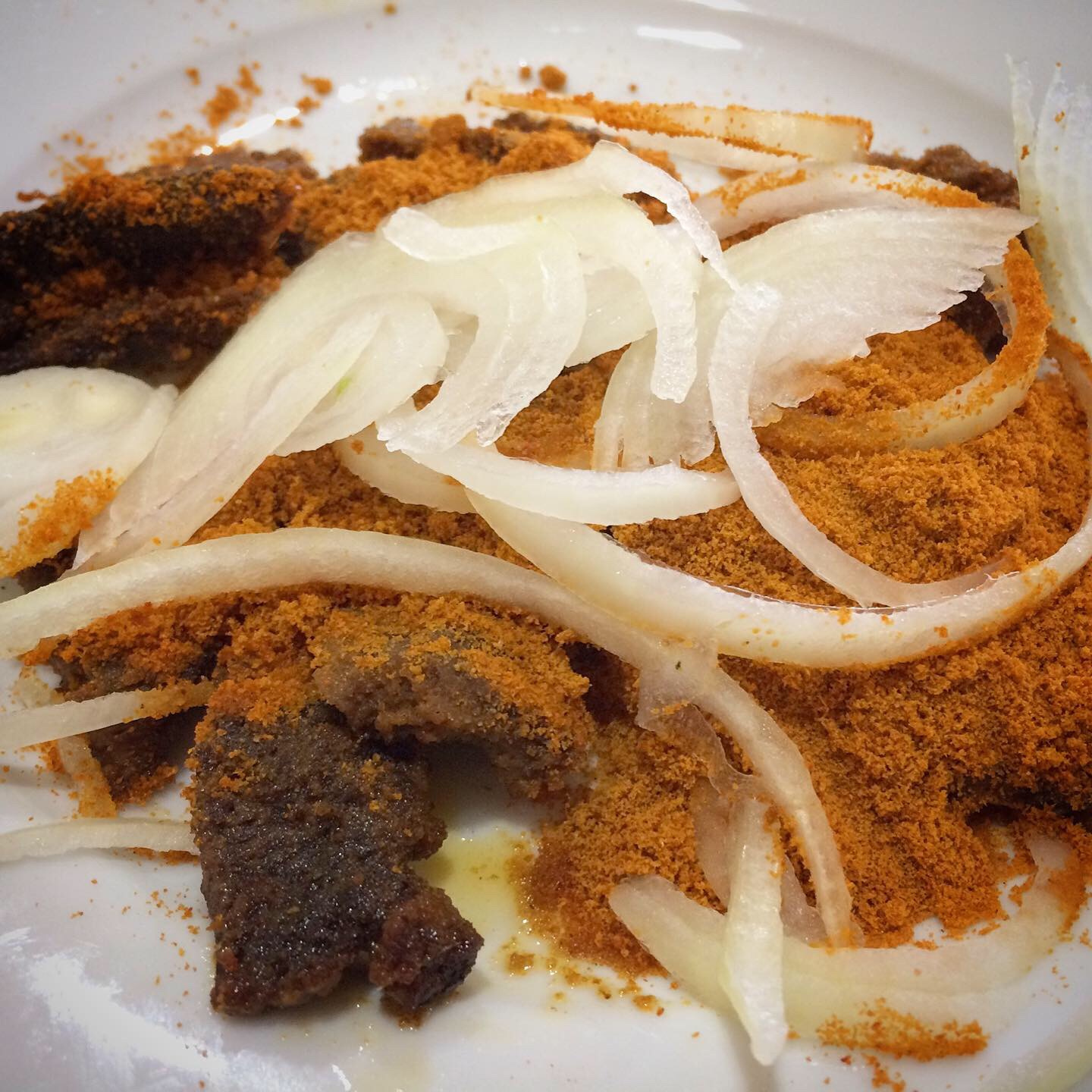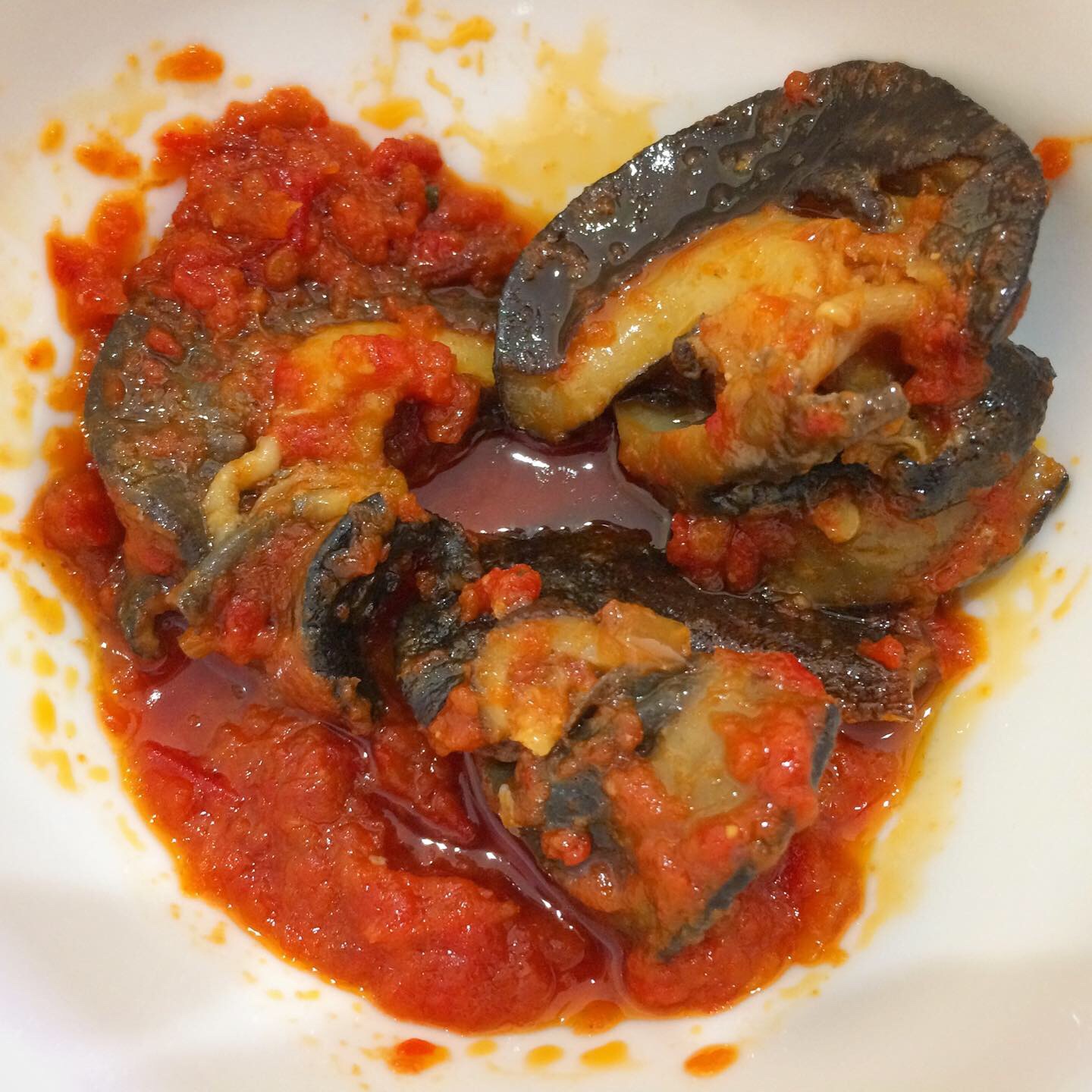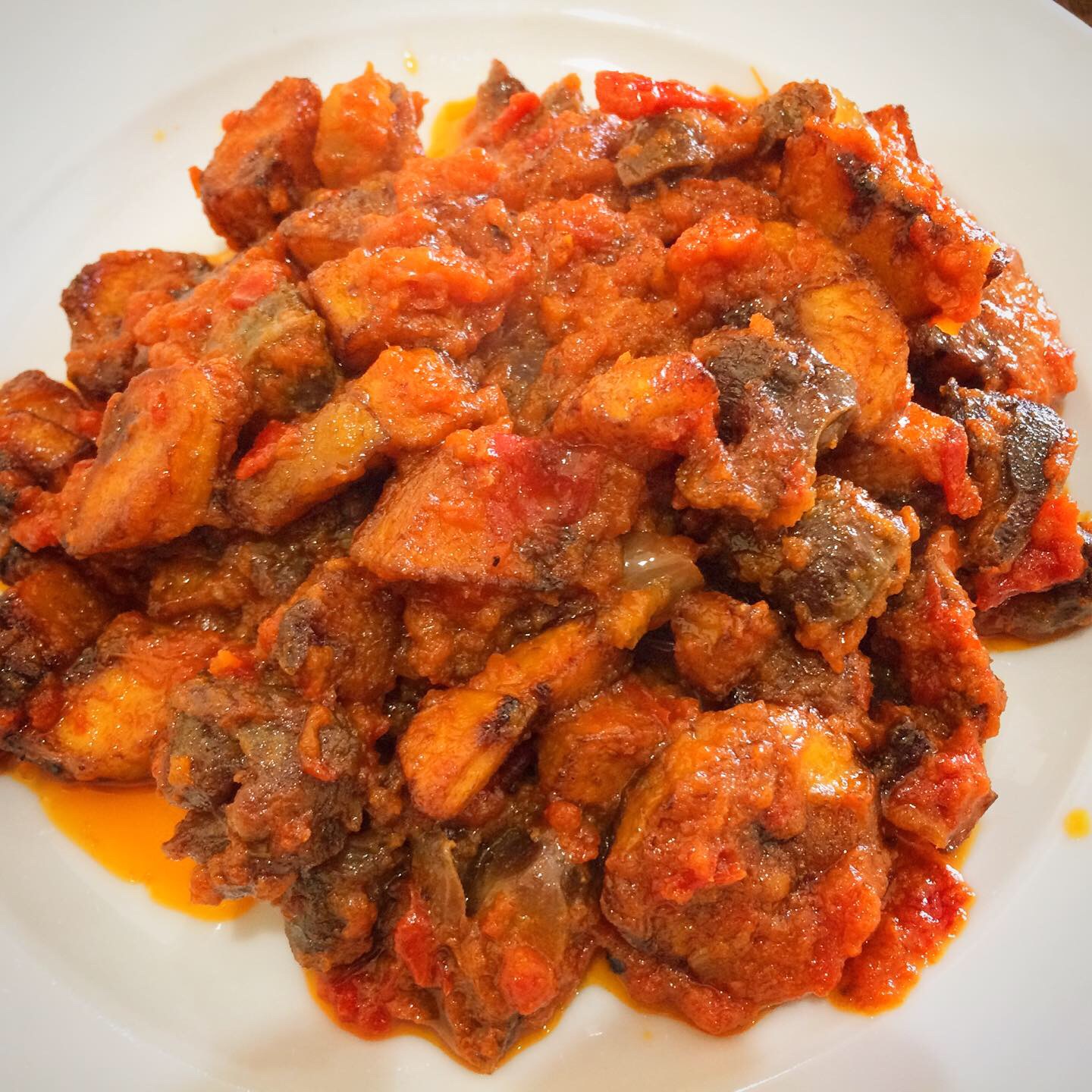When I write about restaurants on Instagram, they’re usually brief takes accompanied by a photo or two. (You can see my feed right here on ethnojunkie.com, updated almost daily, by selecting the “Instagram” category from my home page – no signup required.) But because of Instagram’s character count limitations, it’s often necessary to break up a review into several parts. This one originally appeared as three posts, published on May 16-18, 2019.
Little Alley, 550 3rd Ave in Manhattan, is named for the network of interconnected alleyways that define erstwhile neighborhoods in old Shanghai; its chef, Yuchun Cheung, pays homage to his home and the cuisine of his childhood in this restaurant and the patrons are the lucky beneficiaries. Almost everything we tasted was outstanding. In no particular order:
(Click any photo to view in glorious high resolution.)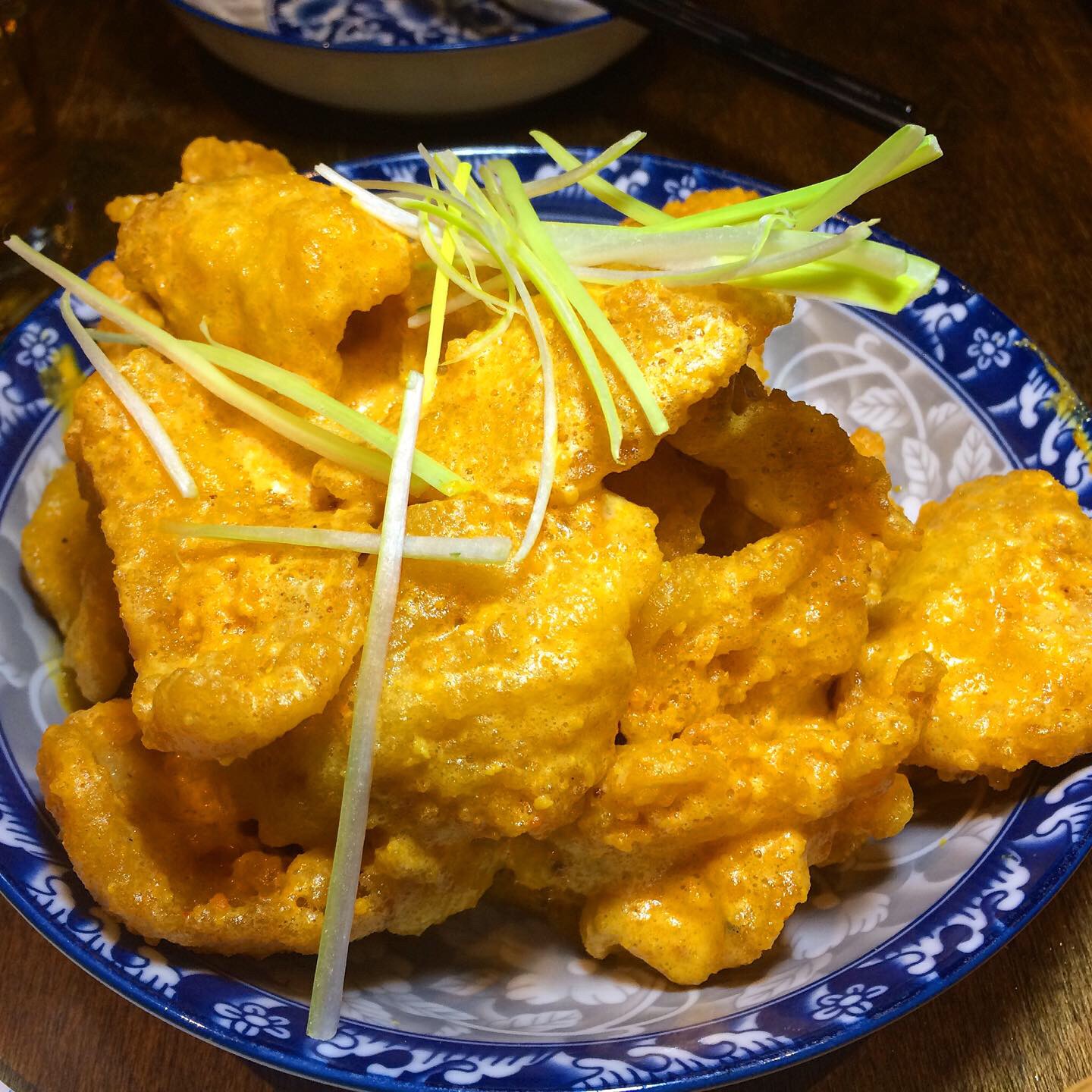 Salted Duck Egg Fish Filet. I’ve enjoyed this elsewhere and it’s a favorite, but I’ve never had it prepared this perfectly. (Not to mention the fact that everyone at the table – all hardcore foodies, by the way – were in complete agreement.) First of all, IMHO, anything featuring salted duck egg is always wonderful and this version of the dish was set apart by the fact that the proportion of salted duck egg to (unusually) thinly sliced fish was about 1:1 so you could taste everything in its proper balance.
Salted Duck Egg Fish Filet. I’ve enjoyed this elsewhere and it’s a favorite, but I’ve never had it prepared this perfectly. (Not to mention the fact that everyone at the table – all hardcore foodies, by the way – were in complete agreement.) First of all, IMHO, anything featuring salted duck egg is always wonderful and this version of the dish was set apart by the fact that the proportion of salted duck egg to (unusually) thinly sliced fish was about 1:1 so you could taste everything in its proper balance.
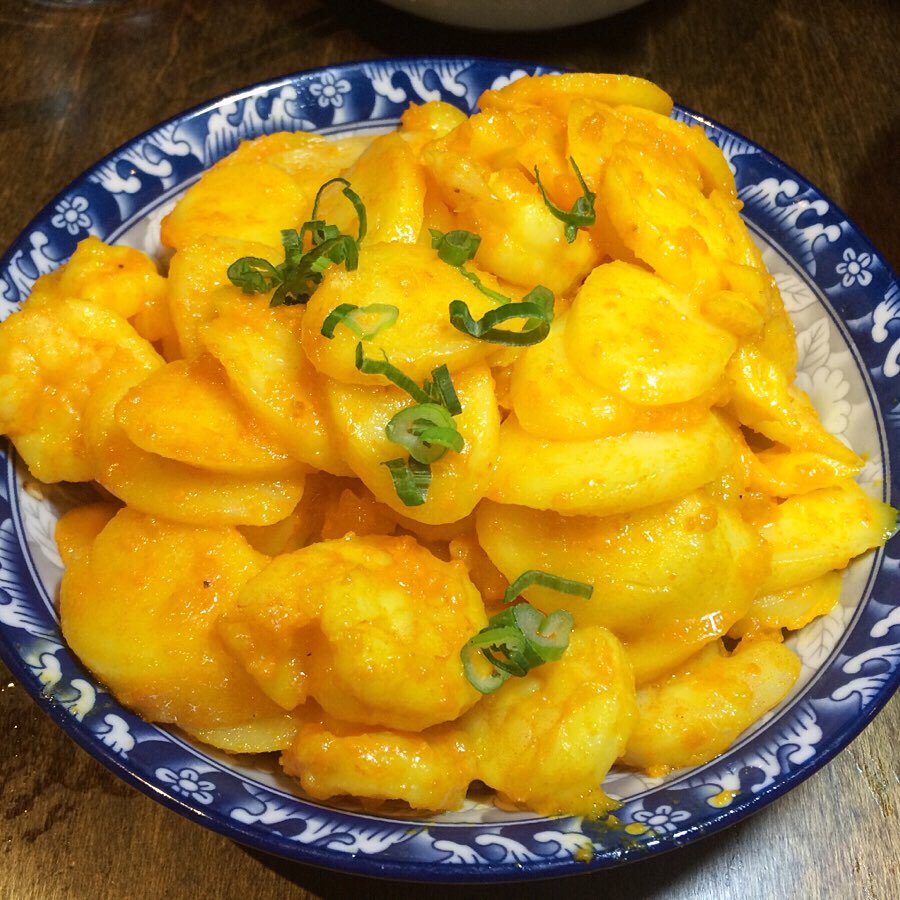
Rice Cake and Salted Duck Egg. As if to confirm the extent to which we all find salted duck egg irresistible, later in the meal we ordered this dish. Here, wonderfully chewy rice cakes get the treatment, and they’re perfect. Notice that the name of this dish fails to incorporate the word “shrimp”, but look closely at the photo and you’ll see them, camouflaged as rice cakes, an integral part of this entrée.
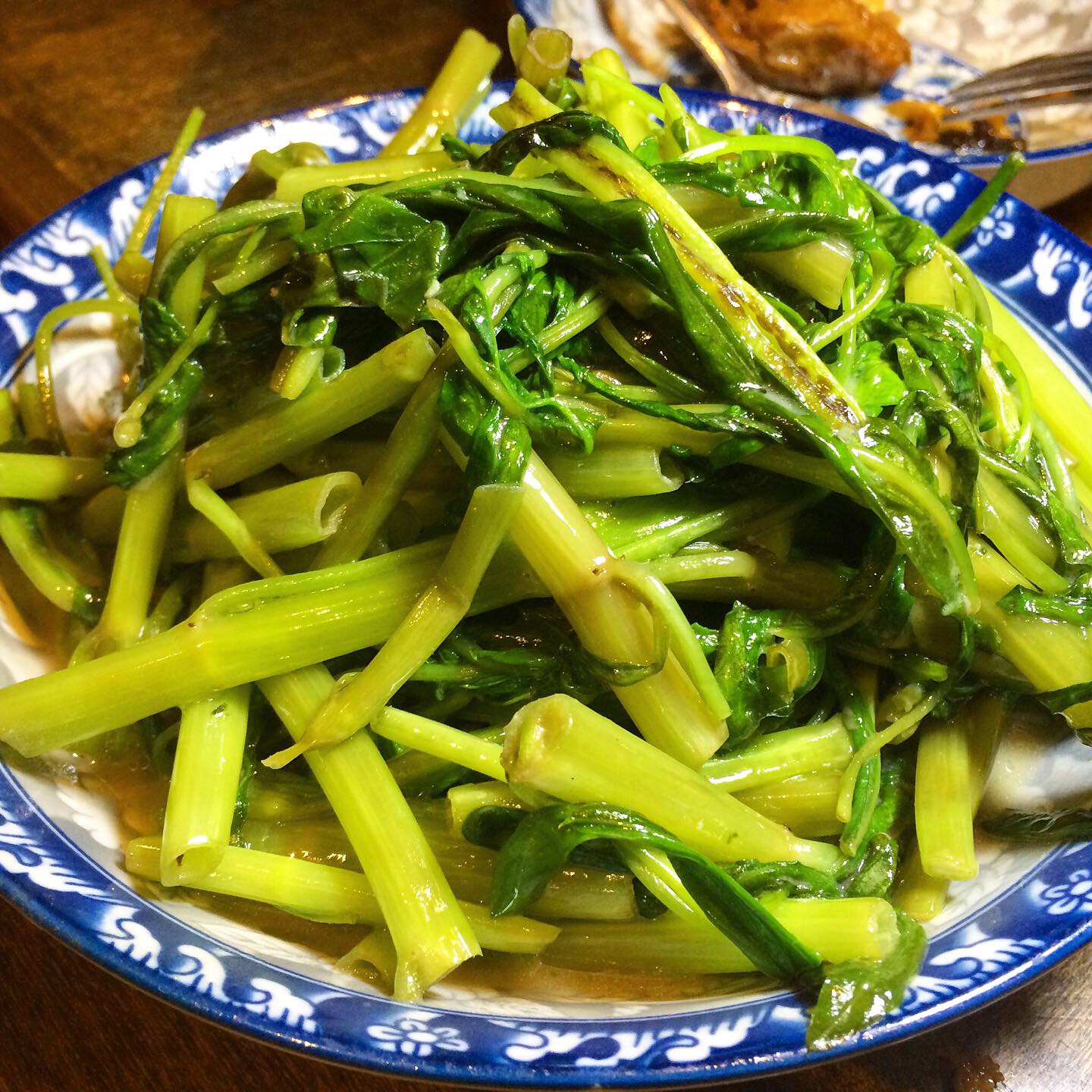 And while you’re there, you might try the Water Spinach with Fermented Bean Curd; it’s green simplicity offsets and complements the richness of the salted duck egg dishes.
And while you’re there, you might try the Water Spinach with Fermented Bean Curd; it’s green simplicity offsets and complements the richness of the salted duck egg dishes.

Honey Kao Fu. Kao Fu is gluten. Yes, Gluten, the prevailing demon of reproving newtritionists. And please note that I’m not deriding people who have genuine sensitivity to gluten; I sincerely understand your struggle. It’s just that I’m old enough to remember when consuming eggs, butter and olive oil invited public shaming. I’ve actually seen bottles of gluten-free water and yet, when I shop in Chinese markets, I can buy packages of plain gluten. Some of my vegetarian friends use seitan, the same devil as gluten, as a meat substitute. Anyway, it’s the spongelike absorptive properties of this form of gluten that make it special and here the sauce is laced with honey to elevate it further. Keeping company with wood ears and bamboo shoots, it’s a classic Shanghainese dish and the best version I’ve ever had.
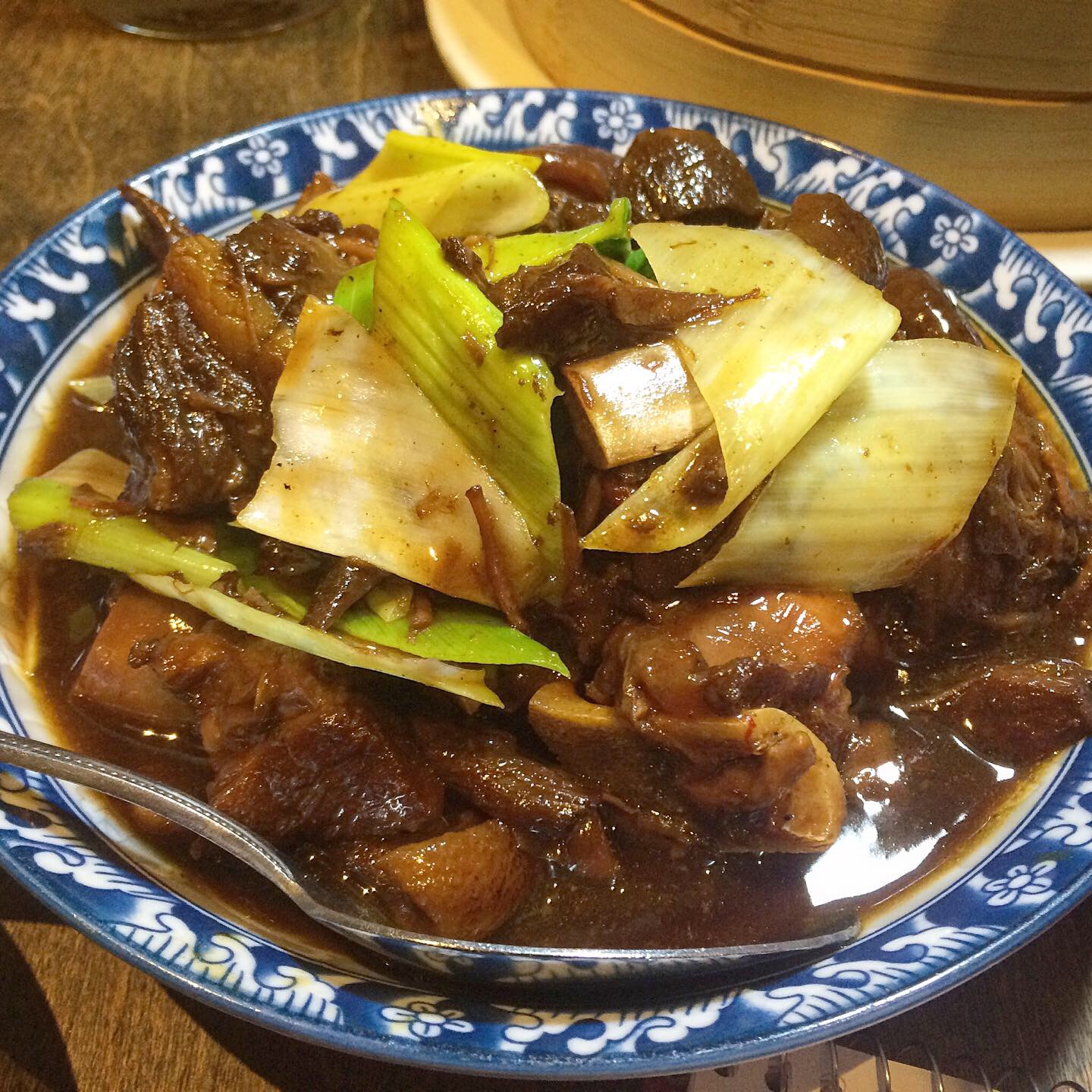 Spicy Lamb and Garlic Shoot. It seems like every cuisine in the world knows that lamb and garlic are soulmates, and this one is no exception.
Spicy Lamb and Garlic Shoot. It seems like every cuisine in the world knows that lamb and garlic are soulmates, and this one is no exception.
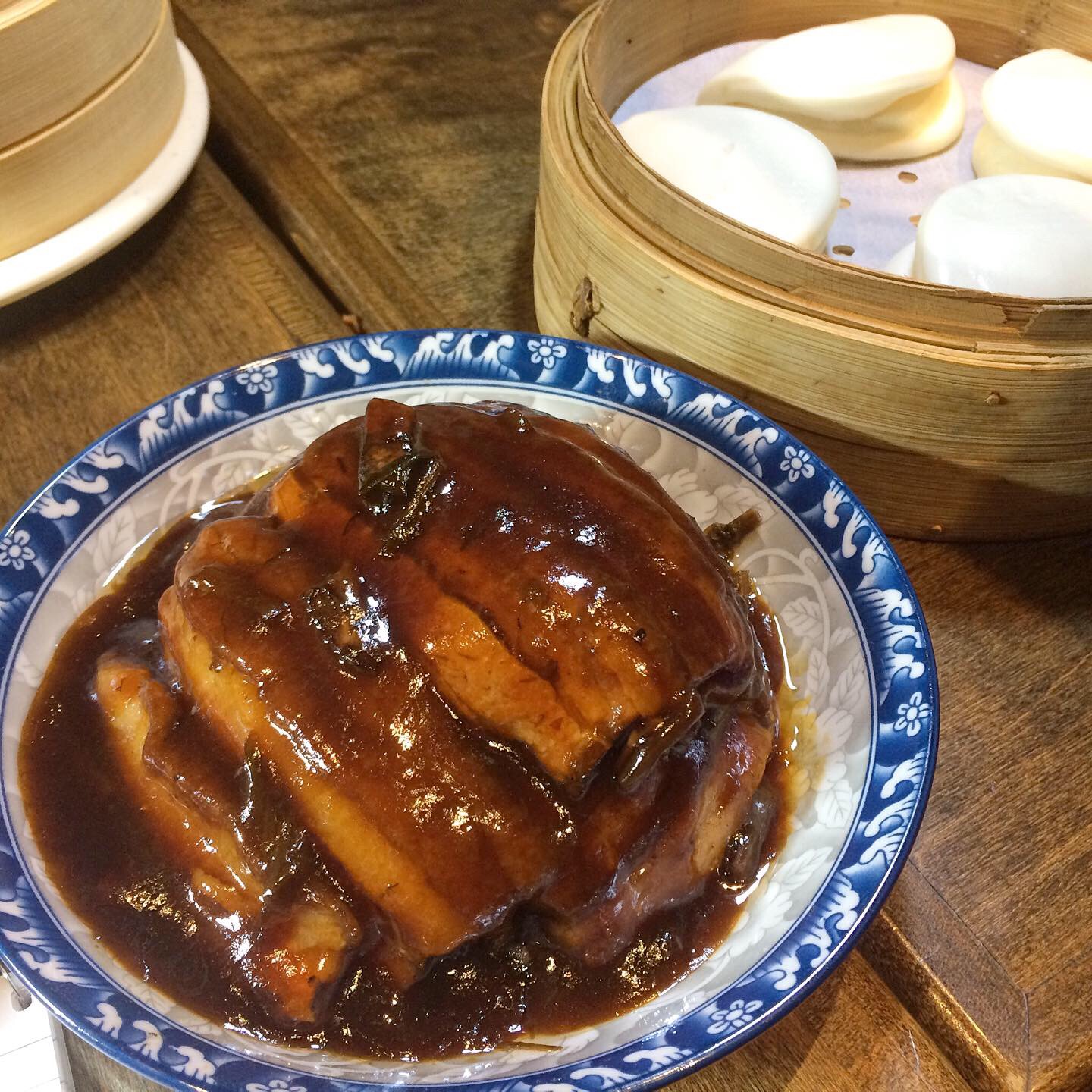
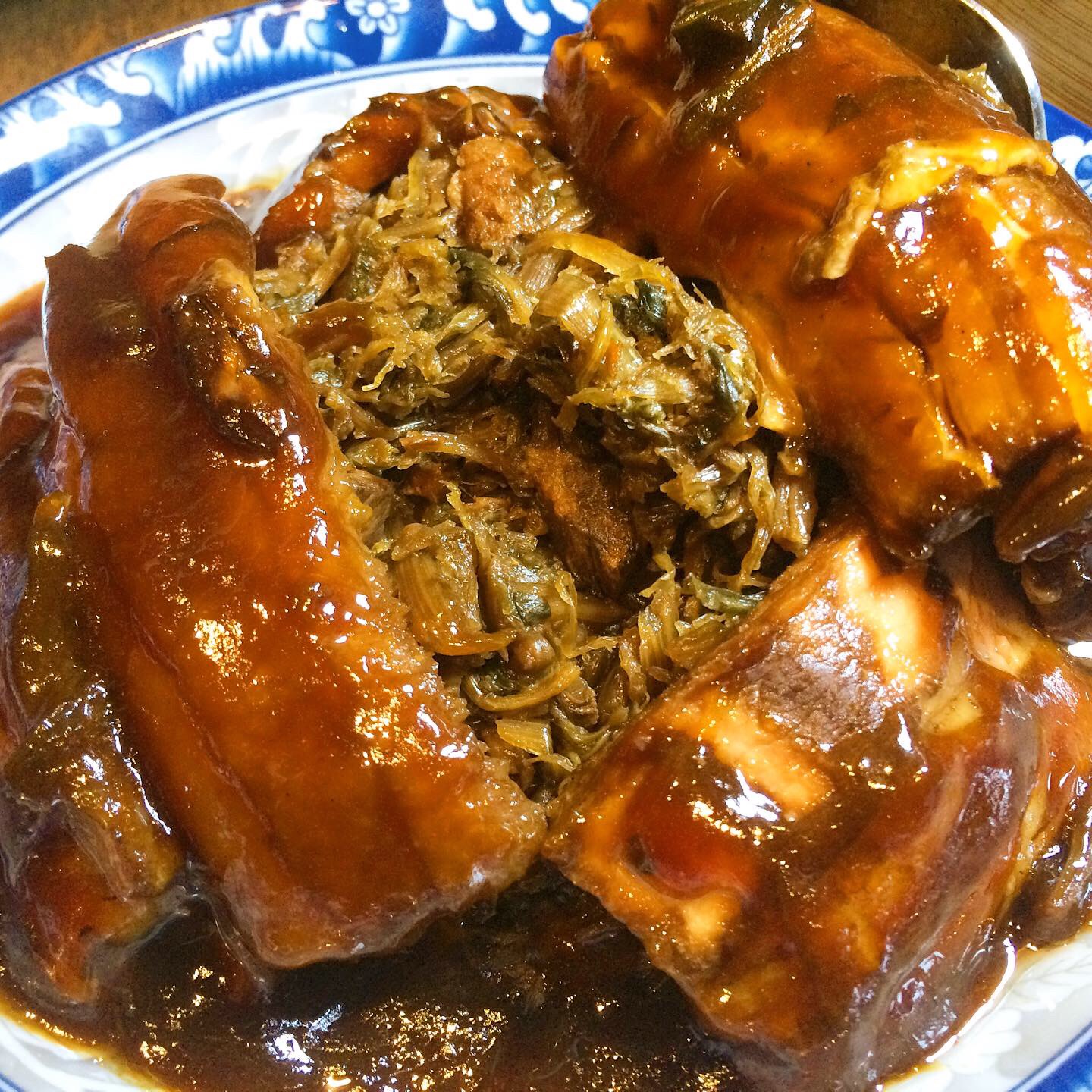 This is Braised Pork with Preserved Vegetables, served with steamed buns (bao). Put a little pork and its savory sauce into the bun, add some of the preserved vegetables, fold and enjoy. My only (very minor) complaint is that we could have used a few more bao!
This is Braised Pork with Preserved Vegetables, served with steamed buns (bao). Put a little pork and its savory sauce into the bun, add some of the preserved vegetables, fold and enjoy. My only (very minor) complaint is that we could have used a few more bao!
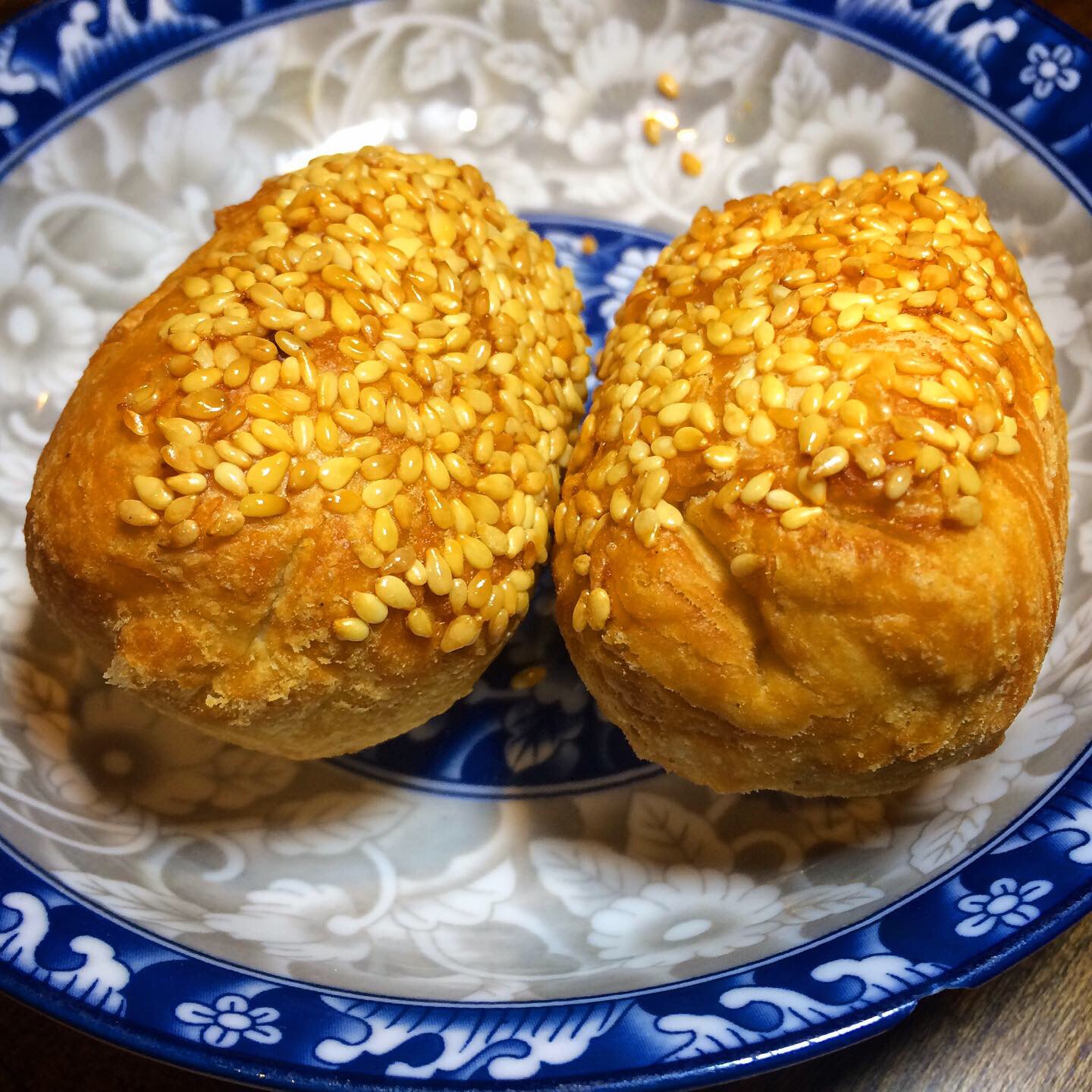
 [Left] You’ve probably seen these Radish Puffs whizzing past on dim sum carts in Chinatown. A good (and good-sized) rendition here.
[Left] You’ve probably seen these Radish Puffs whizzing past on dim sum carts in Chinatown. A good (and good-sized) rendition here.
[Right] The xiao long bao, soup dumplings, were fine.
Little Alley is located at 550 3rd Ave in Manhattan. Yes, Manhattan. 😉
